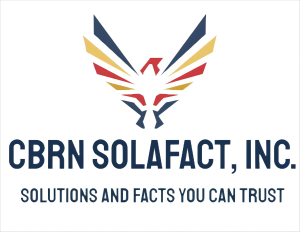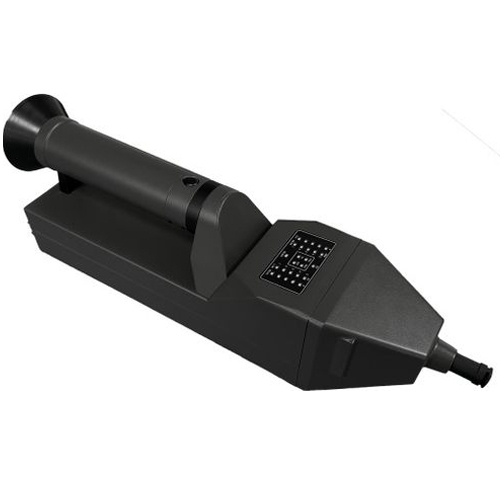Solafact 560
Solafact 560
Product Introduction
The SOLAFACT 560 portable chemical agent detector is a trace substance detection instrument developed independently by the company. The instrument employs full-spectrum flame photometry as the detection principle and is equipped with high-precision optical components, allowing for rapid and accurate detection of over a hundred types of chemical warfare agents, toxic industrial substances, and flammable gases. The instrument is compact, lightweight, highly sensitive, and has a fast response time. It can detect solid, liquid, and gaseous substances and is not limited by databases, making it capable of detecting unknown and novel toxic agents. Its overall performance reaches an advanced level among similar international products.
Features
- Rapid response, detection within 10 seconds
- Quick zeroing, rapid recovery for the next detection after detecting high-concentration chemicals, no need for flushing or backwashing.
- Capable of detecting mixtures.
- Small size, light weight, easy to carry, one-button activation, no setup and calibration required, simple operation, easy to use
- It can detect solid, liquid and gas three-phase substances, covering about 140 chemicals including phosphorus, sulfur, arsenic, nitrogen, hydrogen and oxygen, and flammable gases.
- Wide detection range
- High sensitivity
- Efficient detection
- Easy to carry and easy to use
- Intrinsic safety
- Data storage function
- Ultra-high detection sensitivity, phosphorus, sulfur, and arsenic substances can be detected at ppb level.
- Built-in data storage chip stores historical detection data, and the data supports user acquisition
- The instrument does not contain radioactive sources and does not require approval from the environmental protection department
Parameters
| Detection principle | full-spectrum flame photometry |
| Host size | 390mm×110mm×142mm |
| Host weight | 2 kg (excluding hydrogen tank and battery) |
| Power supply | 18650 lithium battery (4 cells) |
| Types and Forms of Detection | Phosphorus-based (G, V) toxins: Examples include Tabun, Sarin, Soman, VX, Cyclosarin, and others. Sulfur-based (HD, HL) toxins: Examples include Mustard gas (HD), Organic sulfur agents, Sulfur dioxide, Nitrogen sulfide, and Sulfur monochloride. Arsenic-based (L, SA) toxins: Examples include Lewisite (L), Arsenic, Diphenylchloroarsine, Arsenic trichloride, Ethyldichloroarsine, and Benzene arsenic dichloride. Nitrogen, Hydrogen, and Oxygen-based (HN, AC) toxins: Examples include Nitrogen mustard (HN), Hydrogen cyanide, Hydrochloric acid, Phosgene oxime, Acrylonitrile, and Triethanolamine. Flammable gases: This category may include various flammable gases, but “CH” typically represents the chemical formula for methane, a common flammable gas. |
| Detection of Substance Forms | solid, liquid, gas |
| Hydrogen Cylinder Usage Time | 12 hours |
| Sensitivity | Phosphorus 2ppb; sulfur 70ppb; arsenic 150ppb; nitrogen, hydrogen and oxygen 3ppm |
| Continuous working time | 20℃: 11 hours 50℃: 8 hours 0℃: 4 hours and 30 minutes -10℃: 2 hours and 45 minutes |
| Startup time | 0℃ ~35℃: 2 minutes 35℃ ~50℃: 4 minutes -10℃ ~0℃: 15 minutes |
| Response time | 2-10 seconds |
| Operating temperature | -10℃ ~50℃ |
| Storage temperature | -39℃ ~71℃ |
| Operating altitude | 0 to 3000 meters |
| Communication method | RS485 |
Application Area
It can be widely used in national security, military investigation, anti-terrorism chemical attacks, chemical accident rescue, industrial production, environmental monitoring, fire protection and other fields.


